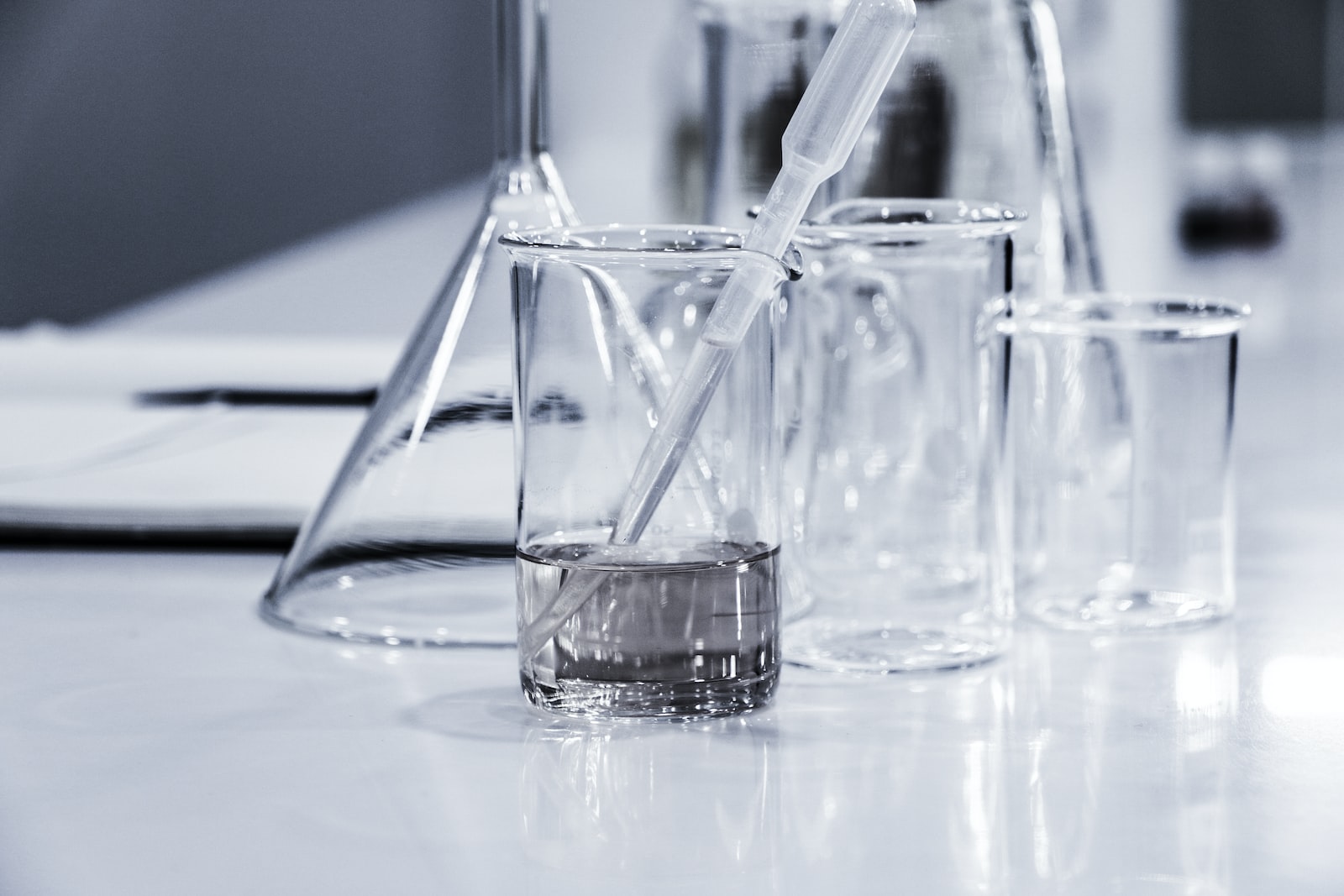- In order to conduct experiments and gather data, scientists need a wide range of specialised apparatus in their labs.
- These instruments were developed to aid researchers in their work of measuring, analysing, and modifying chemicals.
- Microscopes, test tubes, beakers, pipettes, and graduated cylinders are all standard fare in the laboratory.
- Accurate and secure scientific research depends on the careful usage and maintenance of laboratory equipment.
- In a typical school science laboratory you will find the following equipment:
- Beaker – A cylindrical container with a flat bottom and a lip, used for mixing, heating, and measuring liquid volumes.
- Test tube – A long, narrow glass tube with a rounded bottom, used for holding small amounts of liquids or substances for experimentation.
- Graduated cylinder – A tall, narrow container with a uniform diameter and calibrated markings, used for measuring liquid volume.
- Burette – A long, thin glass tube with a tap at the bottom and calibrated markings, used for measuring precise volumes of liquids in titrations.
- Pipette – A thin, glass or plastic tube used for transferring small volumes of liquids.
- Funnel – A cone-shaped tool with a narrow stem, used for pouring liquids or substances into smaller containers.
- Erlenmeyer flask – A conical flask with a flat base and a narrow neck, used for mixing, heating, and storing liquids.
- Watch glass – A small, circular glass plate used as a cover for a beaker or as a surface for evaporation.
- Petri dish – A shallow, circular dish with a lid, used for growing and observing cultures of microorganisms.
- Microscope – An instrument used for magnifying small objects or organisms.
- Thermometer – A tool used for measuring temperature.
- Bunsen burner – A gas burner used for heating substances in the lab.
- Safety goggles – Protective eyewear worn to prevent eye damage from chemicals or other hazards in the lab.
- Lab coat – A protective coat worn to keep clothing clean and protect against spills or splashes.
- Tongs – Long-handled tools used for grasping and moving hot or dangerous objects.
- Forceps – A tweezer-like tool used for grasping and manipulating small objects or organisms.
- Mortar and pestle – A pair of tools used for grinding and mixing solids into powders.
- Centrifuge – A machine used for separating liquids and solids of different densities.
- Hot plate – A heated surface used for heating substances in the lab.
- pH meter – A tool used for measuring the acidity or basicity of a solution.
- Microcentrifuge – A machine used for quick and efficient centrifugation of small volumes of liquids.
- Spectrophotometer – An instrument used for measuring the absorbance or transmission of light by a substance.
- Incubator – A machine used for maintaining a constant temperature and environment for cultures and samples.
- Desiccator – A sealed container used for drying and storing substances in a low-humidity environment.
- Magnetic stirrer – A tool used for stirring liquids using a magnetic bar that is rotated by a magnetic field.
- Water bath – A container filled with heated water used for heating and maintaining a constant temperature of samples.
- Refractometer – A tool used for measuring the refractive index of a substance.
- Conductivity meter – A tool used for measuring the ability of a solution to conduct electricity.
- Glass stirring rod – A long, thin glass rod used for stirring and mixing liquids.
- Disposable gloves – Protective gloves worn to prevent skin contact with hazardous substances in the lab.
- It’s important to note that this list is not exhaustive. We just tried to do our best to list the most common/used and interesting laboratory equipment




